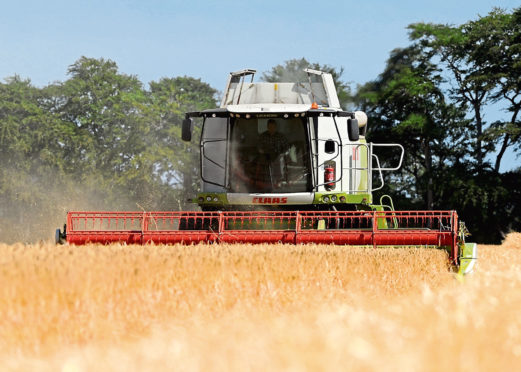UK arable farming could be decimated if climate change causes the collapse of a vital pattern of ocean currents, according to new research.
The study, produced by Exeter University and published in the journal Nature Food, looked at the impact of the Atlantic Meridional Overturning Circulation (AMOC) on UK agriculture and the impact its loss would have on the sector.
The scientists said AMOC currents bring heat from the tropics making Britain warmer and wetter than it would otherwise be.
They say the collapse of these currents, as a result of climate change, would cause the “widespread cessation of arable farming” across Britain, due mainly to reduced rainfall.
“If the AMOC collapsed, we would expect to see much more dramatic change than is currently expected due to climate change,” said Dr Paul Ritchie from Exeter University.
“Such a collapse would reverse the effects of warming, creating an average temperature drop of 3.4°C and leading to a substantial reduction in rainfall (-123mm during the growing season).
“These changes, especially the drying, could make most land unsuitable for arable farming.”
Although the study looks at the worst-case scenario – a “fast and early” collapse of AMOC – researchers say the current has weakened by an estimated 15% over the past 50 years.
Professor Ian Bateman, from the university’s Land, Environment, Economics and Policy Institute, warned the loss of AMOC could result in the amount of land used for arable crops dropping from 32% to 7% of total British farmland – and the value of the agricultural sector’s output dropping.
He said: “In this scenario, we estimate a decrease of £346 million per year – that’s a reduction of more than 10% in the net value of British farming.”










